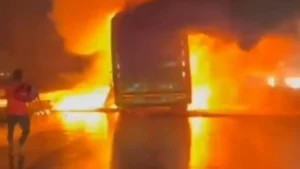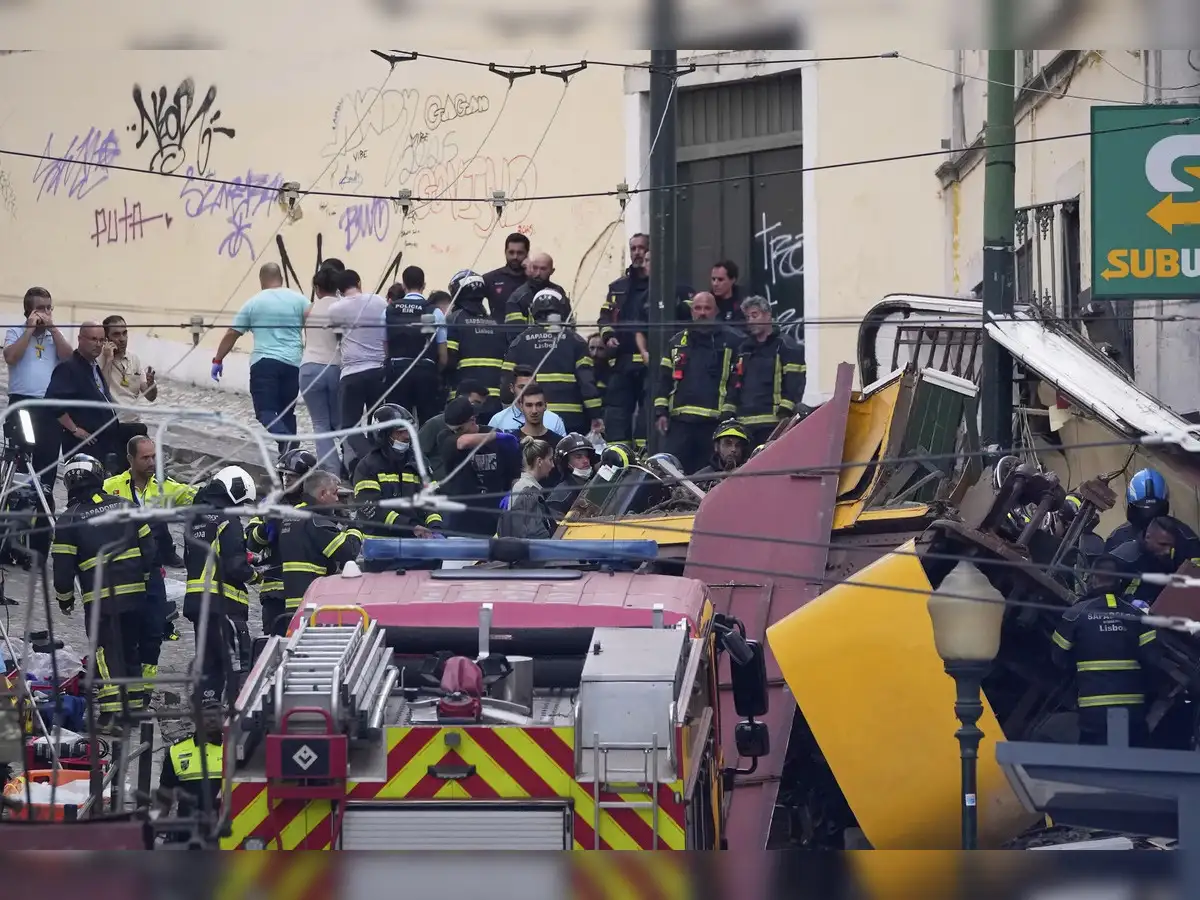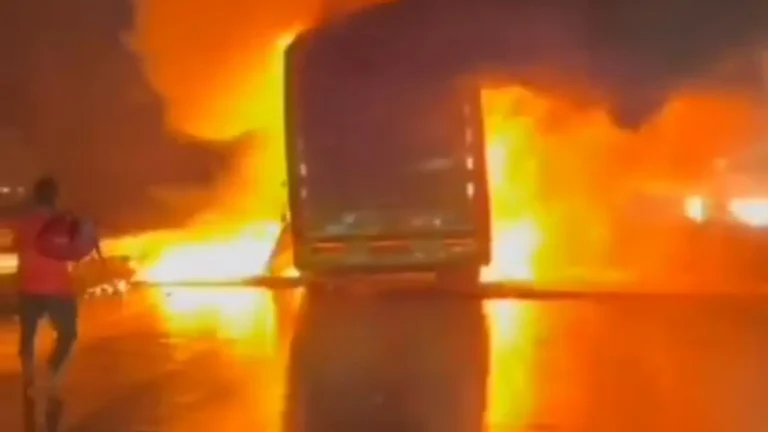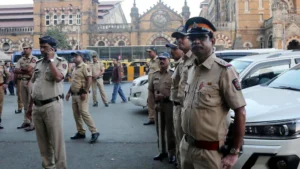Portugal is reeling from one of its darkest transport disasters in recent memory, after a packed funicular railway carriage derailed in Lisbon, killing 17 people and injuring at least 21 others. The accident, which unfolded in the heart of the Portuguese capital, has triggered a national day of mourning and raised urgent questions about safety standards on one of Lisbon’s most iconic attractions.
The Portugal incident occurred near Avenida da Liberdade and the bustling Rossio railway station—areas popular with both locals and tourists. The yellow-painted funicular, often considered a symbol of Lisbon’s charm and heritage, became an unimaginable scene of devastation. Eyewitnesses described hearing a deafening crash as the carriage, filled with passengers, hurtled down the steep slope before smashing into a building along the narrow street.
Rescue services rushed to the scene, working through the night to free those trapped inside. By morning, the wreckage still remained at the crash site, its mangled frame a stark reminder of the scale of the tragedy.
Victims and Injuries
Authorities confirmed that among the 17 dead were citizens from multiple countries, highlighting the international impact of the disaster. Portuguese officials revealed that at least ten different nationalities may have been involved, including visitors from Germany, Spain, Morocco, and South Korea,Portugal.
Of the 21 injured, five remain in critical condition in Lisbon hospitals. Disturbingly, a three-year-old child was among those hurt, along with 12 women and seven men. Doctors continue to fight to save the lives of the most severely wounded, while families across the world anxiously await news of their loved ones.
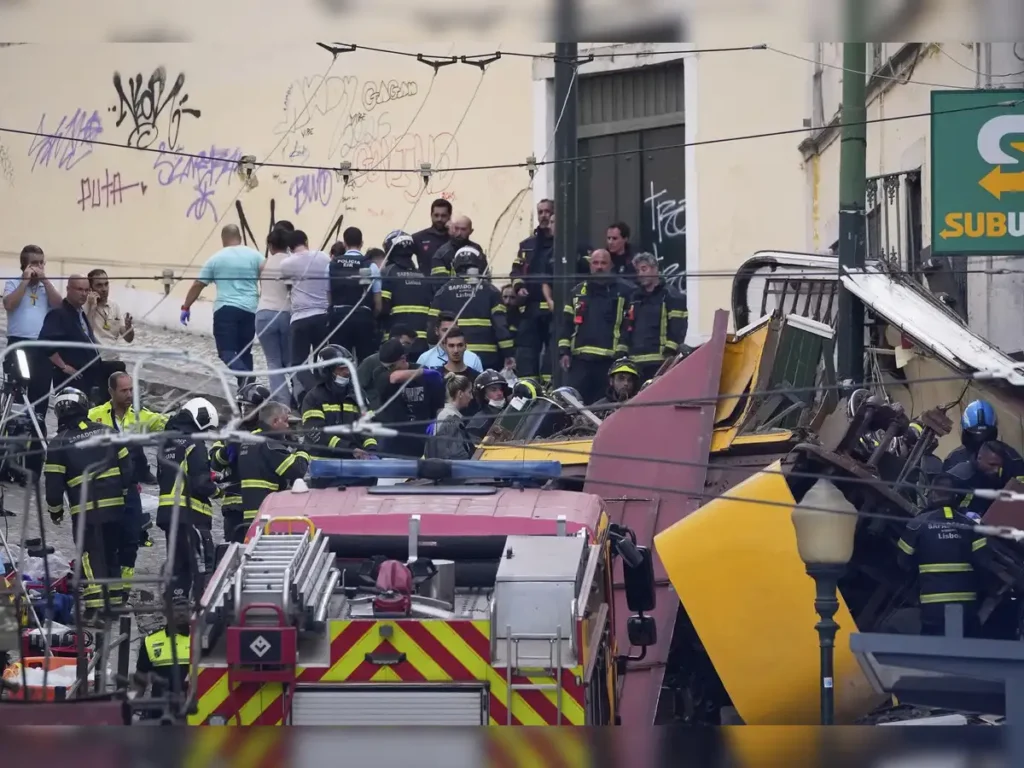
A Nation in Mourning
The Portuguese government wasted no time in declaring a national day of mourning. Flags across the country were lowered to half-mast, and citizens observed a moment of silence in memory of the victims. Lisbon’s Mayor described the tragedy as “a wound to the heart of the city,” while Prime Minister António Costa vowed that “every effort will be made to determine the cause and prevent such a disaster from happening again.”
The sense of grief was palpable in Lisbon’s streets. Tourists and residents alike laid flowers near the site of the crash, while churches held special services for the victims. “We were thinking of taking the funicular today,” said one visitor, “but the long queues made us change our plans. Now, I can’t stop thinking how close we came to being on that carriage.”
As investigations unfold, Portugal speculation has mounted over what went wrong. Local media outlets have reported that a cable may have snapped, causing the carriage to lose control and barrel downhill. The funicular system in Lisbon operates with counterweights connected by a central cable, which should normally ensure balance and stability.
In addition, safety mechanisms such as braking systems are designed to stop the car in the event of a cable failure. Investigators now face the crucial task of determining why those safeguards did not work. Forensic teams have been combing through the wreckage, gathering evidence piece by piece.
The National Transport Safety Authority, the Criminal Police, and the company operating the funicular have all launched parallel inquiries. The Portuguese Institute of Forensic Medicine is also working on victim identification, aiming to provide clarity to grieving families.
Safety Concerns and Accountability
The tragedy has sparked broader debates about transport safety in Portugal. Lisbon’s funiculars, some of which date back more than a century, are beloved cultural icons but also face the challenge of modernization and maintenance. While operators insist that safety protocols were followed, critics argue that more rigorous inspections are needed for aging infrastructure.
Public sentiment has turned toward accountability. Many citizens are demanding to know whether maintenance checks were carried out properly and if potential warning signs were overlooked. Transport experts point out that while funicular accidents are rare, when they do occur, the consequences can be catastrophic due to steep gradients and heavy passenger loads.
Because many tourists were on board, the tragedy resonates far beyond Portugal’s borders. Embassies of affected nations have been working closely with local authorities to assist survivors and coordinate the repatriation of bodies. The European Union has also expressed solidarity, with leaders offering condolences and pledging support in the aftermath of the disaster.
Portugal Travel agencies and tourism boards are already bracing for a potential decline in visitors, at least temporarily, as concerns about safety linger. For Lisbon, a city that prides itself on its vibrant tourism industry, this disaster poses both an emotional and economic challenge.
Moving Forward
As Portugal mourns, attention will inevitably shift toward accountability, justice, and reform. The investigation’s findings will play a crucial role in shaping future transport policies. If negligence or technical oversight is proven, the operating company could face severe consequences.
For now, the Portugal country grieves as one. Citizens, tourists, and leaders alike are united in shock and sorrow, standing together in memory of the lives lost. Yet amid the grief, there is also determination a determination to uncover the truth, to learn from the tragedy, and to ensure such a disaster is never repeated.
